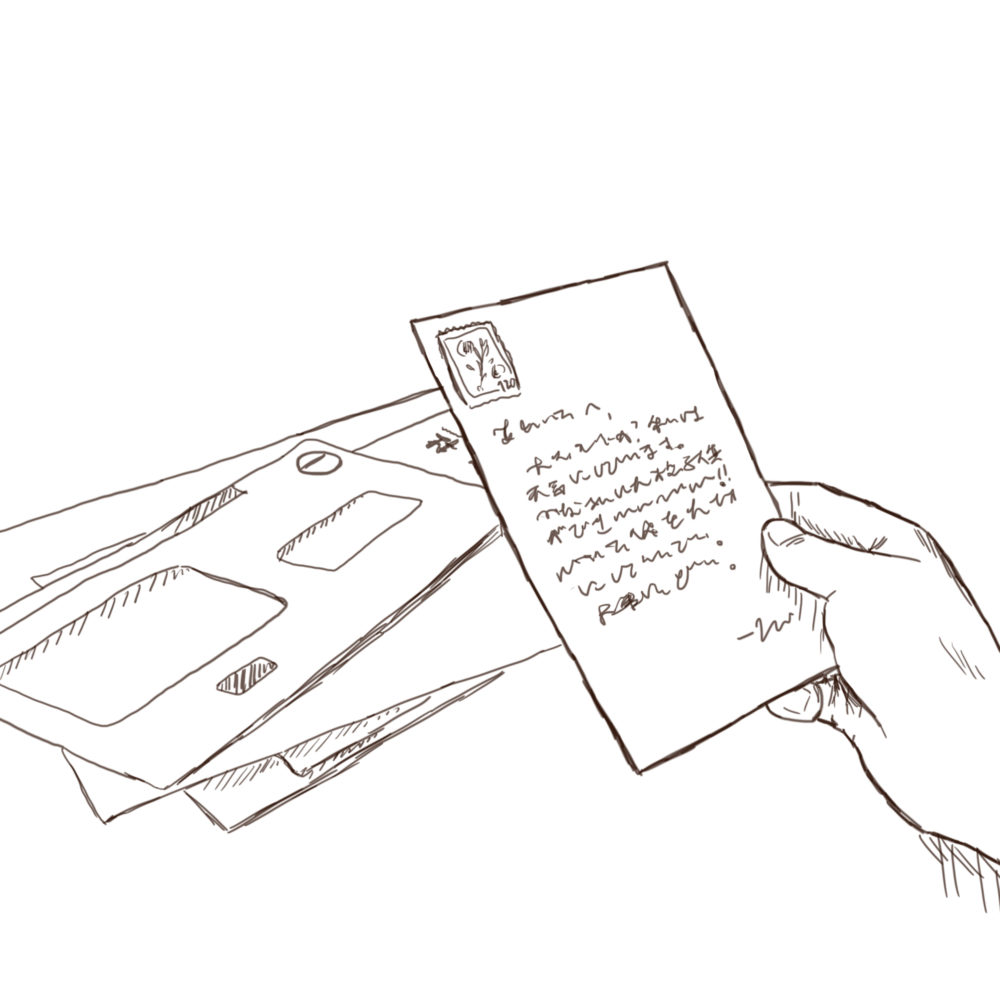
Being an introvert is not easy in a society that primarily rewards extroverted personalities. While I am not anti-social, I frequently find myself tired after extended periods of socializing, and will spend time alone to recharge myself. But prolonged periods in solitude sometimes causes me to feel lonely, and unattended, this loneliness can be detrimental to my mental well-being.

The obvious answer is to socialize a little bit, in a way that balances my desire to connect with the people I love and care about, while also reserving time for myself. But finding this balance can feel almost impossible for someone who becomes anxious with social commitments.
It seems odd that one can feel so disconnected when almost everyone is online, and everyone is an instant message away from a conversation. But for someone who deals with anxiety, instant messaging can be a double-edged sword, as the immediacy of having to respond as soon as I open a new message (it was an easier time when “Read” receipts didn’t exist) can weirdly feel stressful. Conversations can feel forced and ingenuine, which makes initiating conversations more difficult. Instead of enjoying the company, I will sometimes find myself anxious in trying to think of something clever or interesting to say, to make the conversation flow smoother. It’s not all the time, but sometimes just the thought of having to commit to a conversation that could fall flat stresses me out just enough to make me hesitate reaching out to someone.
Dealing with irrational “if”s is the most frustrating pain point that comes with anxiety, where knowledge that it’s irrational isn’t enough to control the physical sensations of stress that comes with the worries. Although many good-willed friends and family will suggest to just “persevere through” my anxious thoughts, this advice seldom works, especially during emotionally vulnerable times, such as when I’m feeling alone.
But instead of letting my anxiety control me, I’ve decided to be patient with myself and develop ways to address loneliness without becoming stressed. A little outdated maybe, but I use postcard writing to connect with people and remind myself that I’m not alone.

Dear Grandma,
Writing postcards to people actually began out of necessity, rather than a hobby. My grandmother is a stubborn woman, who refuses to learn how to use technology, and to this day she doesn’t own a cellphone. Her major form of correspondence is fax, something I don’t completely understand how to use to this day, so it was very difficult for me to communicate with her and share what I was doing when I couldn’t see her. When I went off to college, I really had no way of reaching out to her, and could only visit her once, maybe twice, a year. I didn’t have a fax machine, I couldn’t make international calls, she didn’t have an email, and of course, she had no form of social media.

Increasingly aware of the limited time I had left with her, I wanted to reach out and communicate with her what I was doing while I was away. A slow, but cheap and effective method, I began to send her postcards from college.
The postcards from my college dorm room later expanded to my travels, and soon I was writing to her whenever I would visit somewhere. It became a fun way for me to share what I was doing, and let her know that she was in my thoughts. When I would return home to Japan, she would call me to let me know how much she loved receiving the messages, and that she would always get excited when she saw that I sent something.
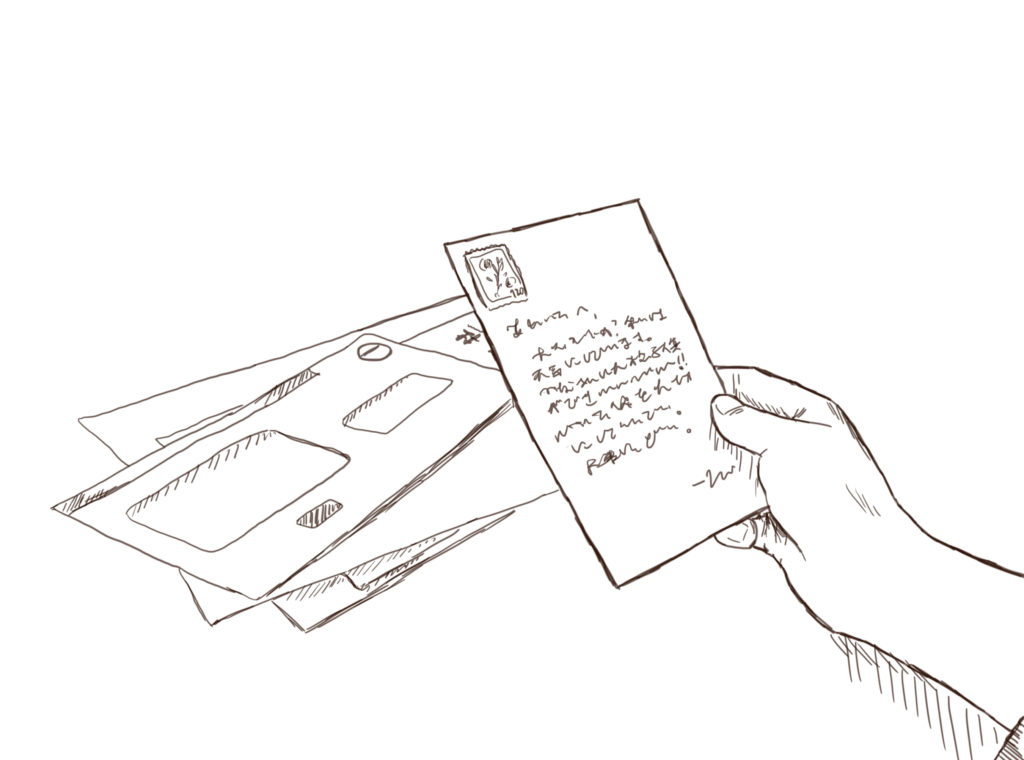
Realizing how much joy postcard writing could bring to myself and others, it soon became a habit for me to send postcards to more and more people. Friends and family, regardless of whether they were online or not, I would send them a postcard to share where I was and what I was doing. They would later let me know it felt really nice to receive something in the mail, a happiness that may feel a bit forgotten on a generation that doesn’t depend on letters anymore.
While in a purely functional sense handwriting and text are no different from each other, something about handwriting made it feel more meaningful to me, as if the physical sensation of writing was similar to conversing in person. Writing postcards soon became therapeutic, as I felt like it made me closer to the person it was addressed to. The slowness of the conversation, the lack of commitment to the gesture, and the thought and effort that went into writing pen on paper, all made it a better solution to my anxiety-prone difficulties to connect with others. I could share with others without expecting a response, having to worry about what I would say next, and I could just let them know that they were in my thoughts.
Now I use postcards to connect with people all the time. When I feel excited, when I feel lonely, when I have good news, or when I have bad news. I send postcards when I travel, when I discover something new, or when I see something that I want to share with them. I guess you could say it’s the old-fashioned equivalent of a Snapchat or Instagram story.
Postcards And Hidden Insights
I recently went on a trip through Europe (I’m unoriginal haha) and through some parts in Japan, and used my postcard writing to connect with my friends and family back home and at school. While most people abroad would maybe start a travel Instagram or post on their stories, I was instead busy collecting postcards and stamps from different places I visited. Definitely not as a convenient, but also in a different way, the struggle of trying to figure out different postal systems and finding postcards to send gave me interesting insights on the different cities I visited.
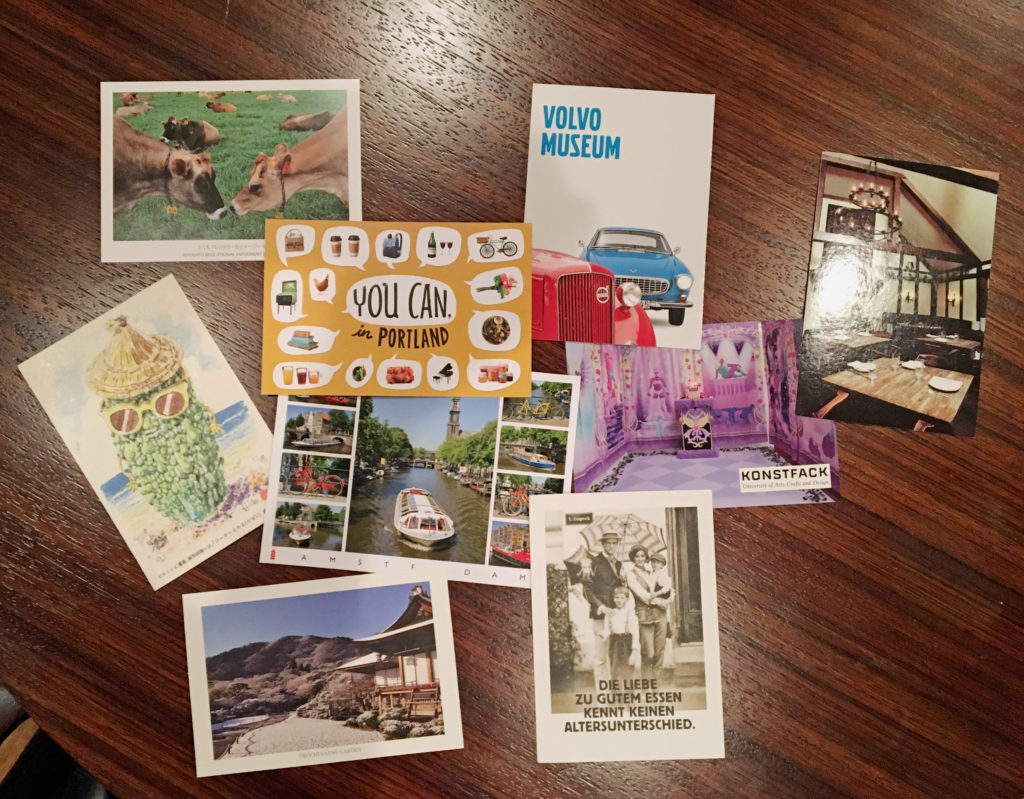
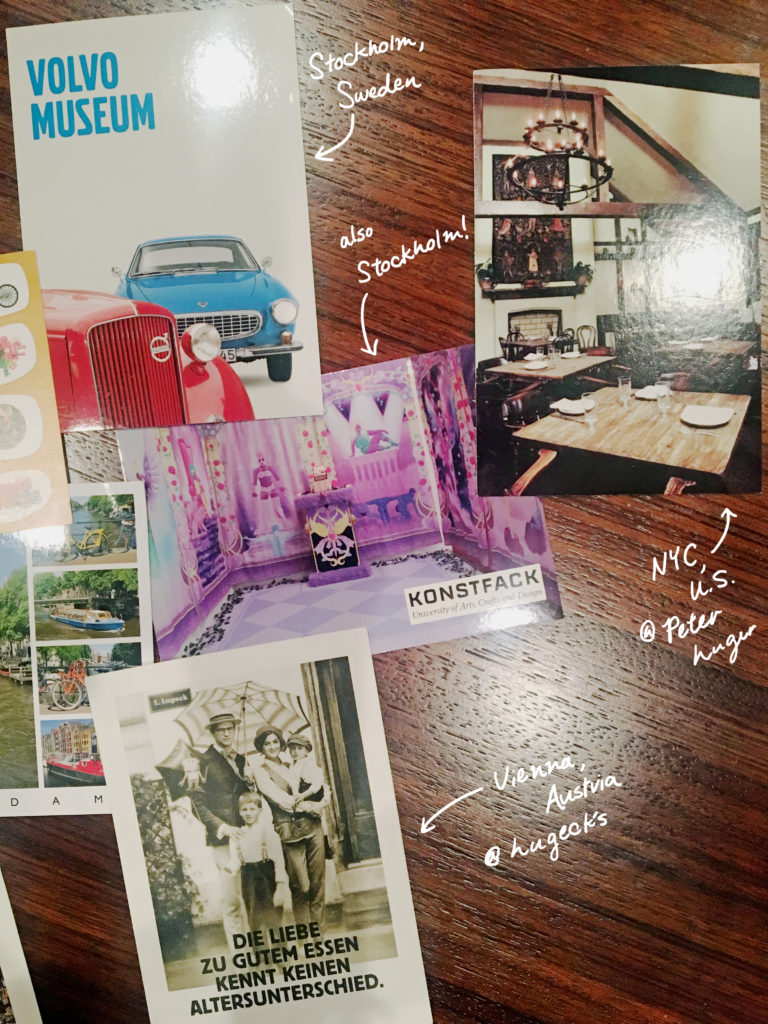
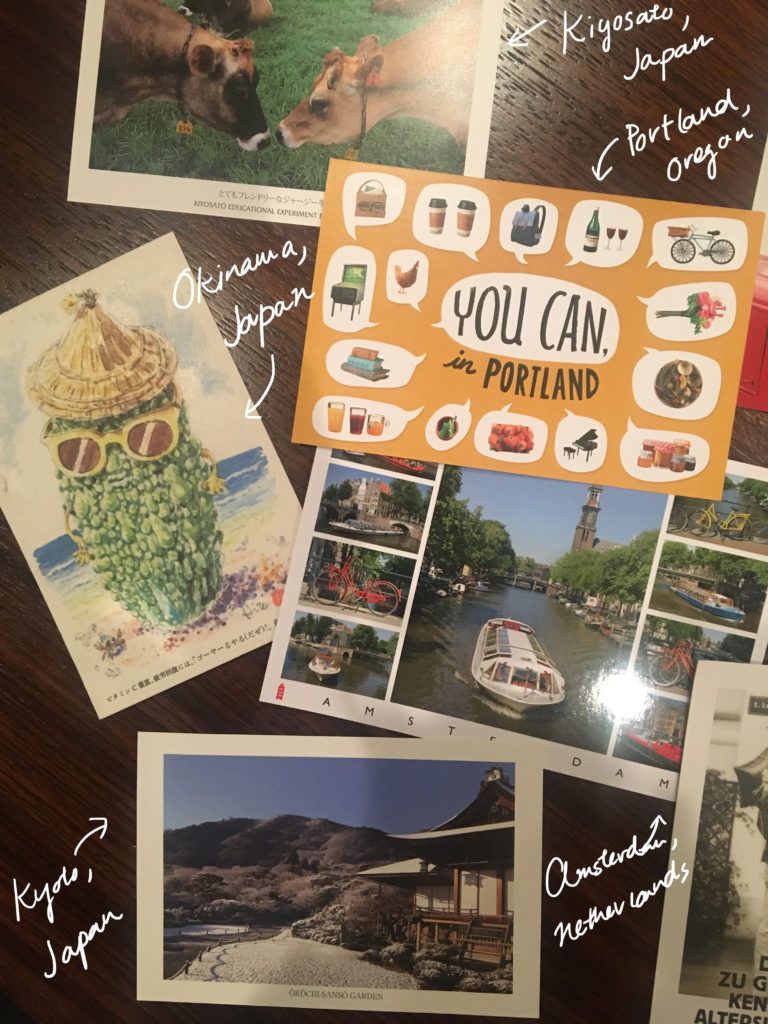
I would share these findings through my postcards. A way to manage my anxious tendencies soon became a wonderful and thoughtful way for me to share the discoveries I was making. While social media can be used in multiple ways, the personalization of my postcards allowed me to engage in deeper analysis about the different cultures I visited and the experiences I had, and write out thoughts which may not be adequately expressed through a Facebook message or Instagram post. Even while abroad where I barely knew anyone, in this way I was able to connect, share, and facilitate meaningful communication with a community that was thousands of miles away.
I understand the overwhelming pain loneliness can bring, and how it can send someone falling into a destructive loop, where their own perception of being alone fuels further isolation, and further isolation only magnifies the pain of loneliness. Through the process of writing I am able to combat these destructive thoughts, and instead remind myself that I’m not alone and I have people who care about me, want to know what I’m up to, and are looking out for my well-being. While I know that the loneliness I feel and the anxiety I deal with isn’t a reflection of my reality, the feelings are sometimes hard to avoid. Instead of pushing myself to simply just “persevere” and resort to conventional ways of communication, I find patience with my anxious tendencies, and instead use postcards to help deal with loneliness and facilitate communication with others.
I recently told my grandmother that I’ll be heading back to the United States soon, and she said she’s excited and will be looking forward to hearing from me.
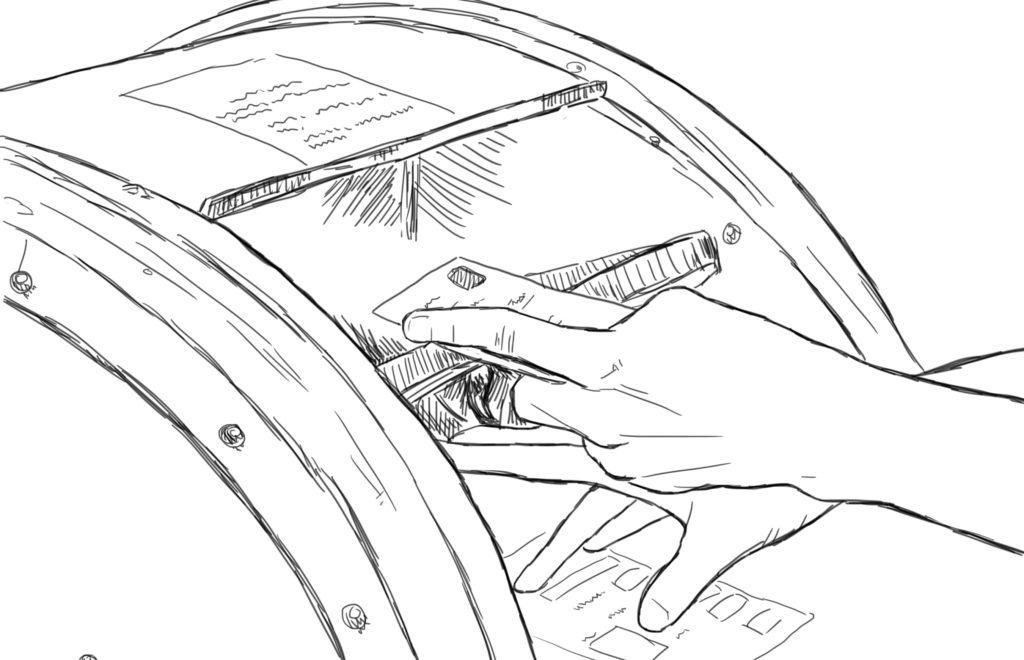
If you have any questions, comments, concerns, advice, or thoughts– email me at kokumura@kakikata.space! I respond to every email I get!
Kind regards,
Kaki